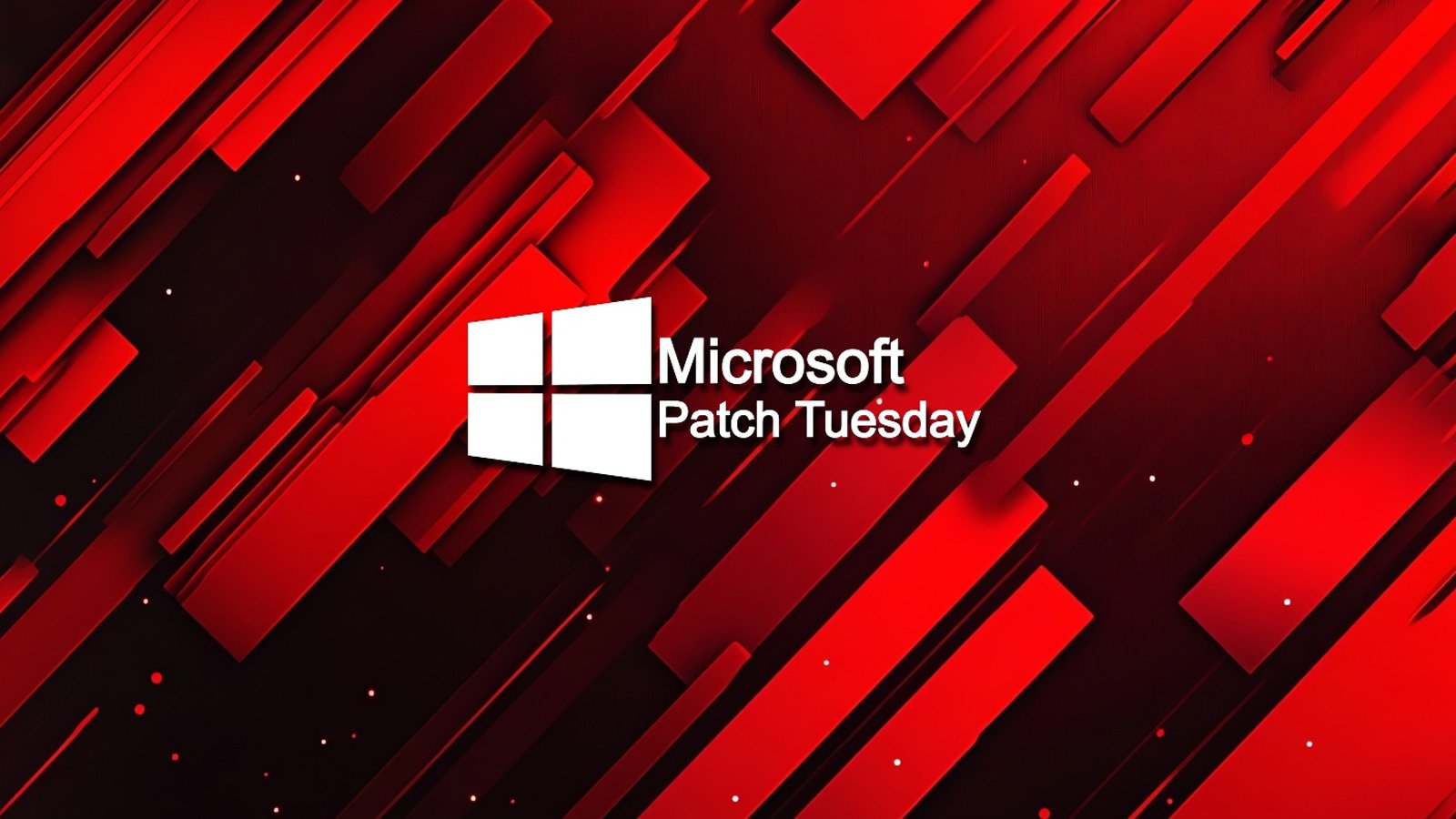General • Servers • Vulnerabilities • Exploits • Attack surface • Code • Email addresses • Domains • URLs • DNS • Certificates • WiFi networks • Device Info • Credentials • Leaks • Hidden Services • Social Networks • Phone numbers • Images • Threat Intelligence • Web History • Files • Surveillance cameras • Crypto • People
General Search EnginesGoogleBingYahoo!YandexAskBaiduSearXNGEXALeadDuckDuckGoSwisscowsNaverAOLBraveYepGibiruKagiStractServersShodan – Search Engine for the Internet of EverythingCensys Search – Search Engine for every server on the Internet to reduce exposure and improve securityOnyphe.io …
A curated list of awesome search engines useful during Penetration testing, Vulnerability assessments, Red/Blue Team operations, Bug Bounty and more
Read More 













